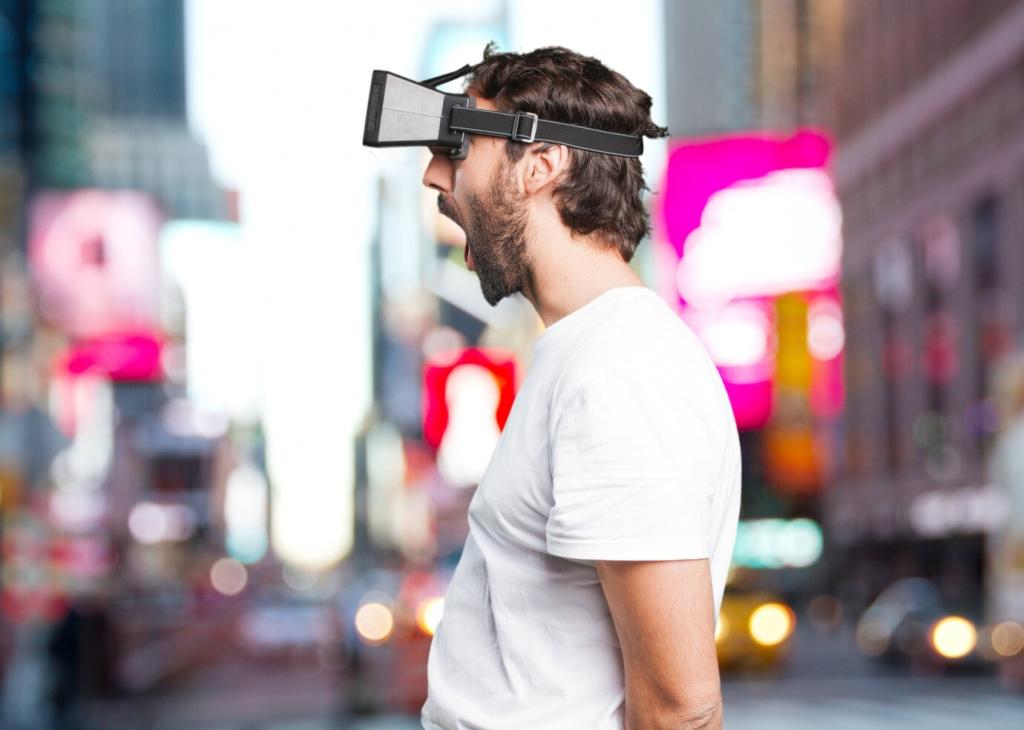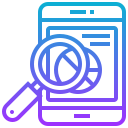Theme chosen: Comparing Digital and Traditional Encyclopedias. Join us for a friendly, insightful journey through how we gather, verify, and enjoy knowledge—on the page and on the screen. If this topic intrigues you, subscribe and share your own experiences to help shape future explorations.
How Encyclopedias Evolved: From Shelves to Servers
From Leather-Bound Volumes to CD-ROMs and the Web
The printed encyclopedia symbolized authority and permanence for generations, culminating in major sets like Britannica, which ceased print in 2012. CD-ROMs promised compact convenience, then browsers unlocked infinite expansion. Today’s digital encyclopedias update within hours, reshaping expectations about how swiftly vetted knowledge should respond to real-world change.
A Personal Library Memory
I remember balancing a volume on my knees at a public library while my dad, a volunteer, stamped return dates. Years later, I chased the same topic over dial-up, watching a progress bar crawl. Both moments felt like discovery—one ink-scented and quiet, the other blinking and boundless. Which memory mirrors your learning heart?
Continuity and Change in Editorial Models
Traditional sets relied on expert commissions and multi-year editorial cycles, delivering polished, static snapshots. Digital ecosystems blend expert contributors with collaborative vetting, transparent revision logs, and living documents. The core promise—reliable knowledge—remains, but the tempo, visibility of edits, and community involvement dramatically alter how trust is built and maintained.
Accuracy, Authority, and Editorial Oversight
Peer Review and Expert Authorship
Traditional encyclopedias emphasize expert authorship, editorial hierarchies, and controlled revisions, which can reduce noise and protect narrative clarity. The trade-off is latency: corrections and new insights wait for the next edition or supplement. Many readers appreciate the stability of a fixed reference, even as they recognize that knowledge evolves continuously.
Crowd Wisdom and Transparent Revision Histories
Digital encyclopedias often log every change, invite public scrutiny, and surface sources. Talk pages reveal debates, and version histories show exactly who altered what. This openness can strengthen credibility when citations are strong, especially in fast-moving areas. If you value this transparency, tell us which revision tools you rely on most.
Misinformation Risks and Critical Reading Skills
Openness also invites errors, vandalism, and bias, making critical reading essential. Cross-referencing multiple entries, checking primary sources, and scanning editorial notes can help. Printed or digital, verification habits matter. Share your favorite strategies for spotting weak citations or overconfident claims, and we will feature top tips in a future post.


Depth, Timeliness, and Scope
When a definition shifts—consider Pluto’s reclassification in 2006—digital encyclopedias typically adapt quickly. Print’s slower cycle may preserve clarity but risks being outpaced. Some readers prefer consulting both: a stable print baseline, then digital for breaking developments. Do you pair formats to triangulate truth when time-sensitive topics are involved?
Depth, Timeliness, and Scope
Digital platforms sprawl across the long tail, covering niche topics where print could not afford the space. Print’s constraint can be a feature, yielding careful curation and tighter prose. Variety versus coherence is a perennial tension. Which do you prefer: encyclopedic abundance or meticulously sculpted selections? Explain your preference below.
Experience, Engagement, and Learning Styles
Tactile Reading vs. Hyperlinked Flow
Holding a volume invites lingering, margin notes, and tactile memory—an intimacy that many learners cherish. Digital reading enables layered journeys: open tabs, embedded glossaries, and instant definitions. Both experiences can be intentional. What rituals help you stay present—sticky notes and tea, or distraction blockers and dedicated reading modes?
Focus, Distraction, and Cognitive Load
Print often shields readers from alerts and pop-ups, supporting deep, sustained attention. Digital requires guardrails to prevent context switching. Yet smart design—reader modes, annotation tools, and spaced learning—can create calm. Share your favorite attention habits so our community can build a collective guide to focused, joyful encyclopedia reading.
Visuals, Media, and Interactivity
Printed plates and maps are beautiful artifacts, while digital platforms embed high-resolution images, timelines, audio, and even 3D models. Interactivity can make abstract ideas felt. Accessibility features—captions, transcripts, and color-safe palettes—matter, too. Tell us which visuals helped you finally grasp a complex topic, and we will highlight your story.
Print requires paper, ink, and shipping; digital depends on energy-hungry data centers and devices. E-waste and server efficiency both matter. Libraries extend the life of print sets, and responsible hosting reduces digital emissions. What do you do to learn sustainably—used volumes, offline caching, or low-energy reading setups? Share your best practices.
Sustainability and Economics
Stable Editions, Page Numbers, and DOIs
Print excels at stable pagination and fixed editions, aiding consistent citation across time. Digital offers permalinks, DOIs, and versioned snapshots. The key is clarity: cite an exact version so others can retrace your evidence. What citation styles work best for you across print and online? Share the templates you love.
Archiving and the Fight Against Link Rot
Web references can vanish, but archiving tools—like the Wayback Machine and institutional repositories—preserve context. Screenshots and PDFs help, yet metadata and provenance matter. Build the habit of saving a snapshot when you cite. Tell us your go-to archiving workflow, and we will compile a community checklist.
Building Personal Trust Heuristics
Evaluate editorial policies, contributor expertise, revision histories, and source quality. Cross-compare entries across formats to catch blind spots. Over time, you develop reliable heuristics—a compass for uncertain terrain. Share one trust signal you never skip, and subscribe to get our forthcoming field guide to credibility in hybrid research.
